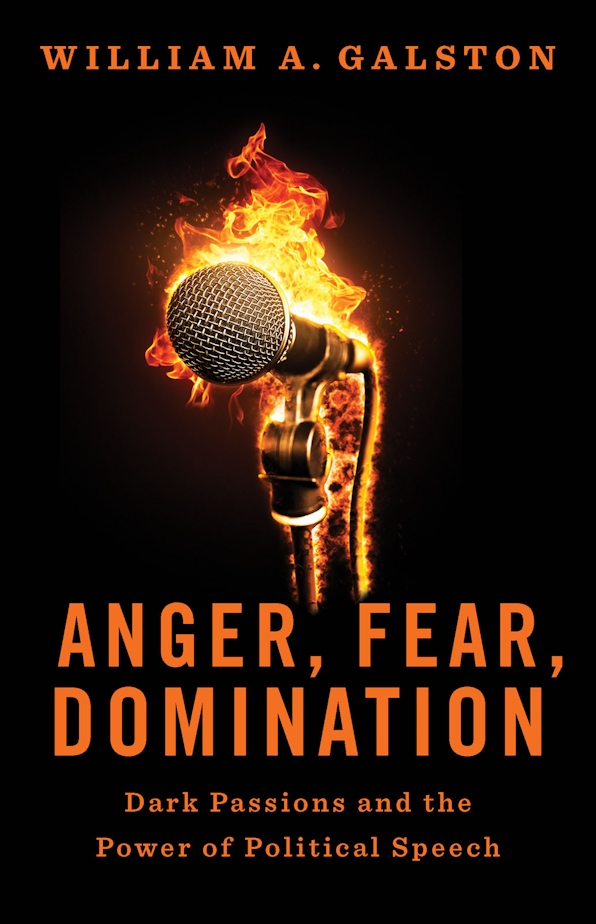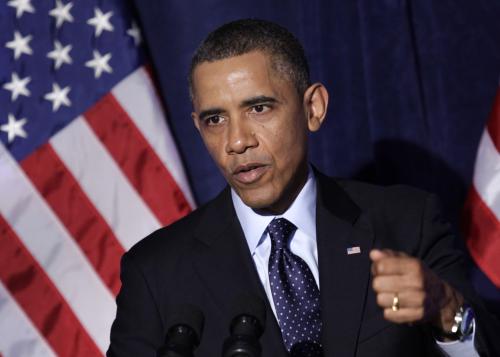Biological weapons are frightening, indiscriminate killers. In 1979, an accidental release of anthrax from a weapons facility in Russia’s Sverdlovsk killed at least 66 people. In Oregon in 1984, 751 people who ate or worked at area restaurants got Salmonella gastroenteritis—it was later determined that the outbreak was caused by intentional contamination of restaurant salad bars by members of a religious commune. In another case involving anthrax, in 2001, several letters sent to U.S. members of Congress and media outlets infected 22 people, killing five and forcing over $1 billion in cleanup costs. More recently, there have been warnings that terrorist groups like ISIS, rogue countries like North Korea, or violent transnational groups like Boko Haram could gain access to biological agents—or even deadly diseases like Ebola or Zika—and use them to create weapons of mass destruction. To make matters worse, the facilities that hold potentially dangerous bacteria, toxins, or viruses are sometimes shockingly ill-secured, and advances in biotechnology could lead to the development of new biological warfare agents.
Thankfully, there’s a major international treaty that can help: the Biological Weapons Convention (BWC), which effectively prohibits the development, production, acquisition, transfer, stockpiling, and use of biological and toxin weapons. The treaty is now under pressure to move forward, but its future is uncertain. It needs continued strong leadership to bring it back from a disappointing 2016 Review Conference meeting, funding to ensure it remains a viable disarmament mechanism, and vision on how it can be integrated into a larger and increasingly integrated global security architecture.
Current challenges
The BWC is an enduring disarmament treaty, the first multilateral treaty banning an entire category of weapons of mass destruction. It entered into force in 1975 and has 178 states parties. Eighteen states have not joined the treaty, which keeps it from being universal, and many states parties have not passed the necessary legislation to implement the treaty’s provisions domestically. Nevertheless, the agreement remains a significant barrier to the development and use of biological weapons.
Every five years, the BWC states parties gather at a Review Conference to discuss the convention’s operation and implementation. The most recent Review Conference, in November 2016, was a disappointment for the majority of the states parties: There was minimal agreement on the final document, meaning there is no substantive program of work for the next five years. Some of the major issues that were discussed at previous meetings—but at this point have no platform for discussion at the BWC—include advances in science and technology, disease outbreak preparedness and response, and national BWC implementation. Previously-held mid-year experts’ meetings have also been dropped, so there is now no chance for the exchanges with experts from relevant international organizations, including input from the World Health Organization that has been so useful in the past. These are all steps backward.
In addition to the Review Conference every five years and the mid-year experts meeting, there is also an annual Meeting of States Parties (MSP). Although there was no meeting of experts in August 2017, there are fortunately still plans for the MSP to take place in December in Geneva. A primary goal of the December meeting is to develop an inter-sessional work program.
This year in particular, the MSP will be an important opportunity to reinvigorate the convention and reaffirm its importance in international security. It was decided at the November 2016 Review Conference that the Non-Aligned Movement (NAM) would select a chair for the December meeting. Unfortunately, that chair was only recently announced: On August 25, the NAM nominated Ambassador Amandeep Singh Gill of India as chairman of the 2017 MSP. The chair is usually appointed at the end of the previous year, so activities in preparation for the upcoming December MSP typically start much earlier in the calendar year. This year, however, several months of preparatory time have been lost. Few consultations amongst the states in preparation for the December meeting have taken place. Compounding the problem is that there will be other distracting events in between now and December, most notably the U.N. First Committee in New York.
The treaty is also facing significant challenges amid waning funds. Funding impacts not only the future implementation of the BWC and its meetings, but also the ability of the Implementation Support Unit (ISU) to do its work. The BWC ISU, which consists of three personnel who support countries with treaty implementation, has no significant funding except for limited travel. States parties fund the ISU through annual assessed contributions, but several countries owe payment, most notably Brazil. Brazil has not provided its required funding to the BWC for the past 12 years and owes almost $300,000—which, if paid, would go a long way towards ensuring the viability of future BWC meetings and the continuation of the ISU. The United States and a few other countries have helped fill the gap in the short term. However, without a rapid resolution of this issue, there will be no future meetings beyond the December 2017 meeting and, potentially, no ISU beyond 2018.
BWC and the Global Security Architecture
Despite the slow progress within the BWC itself, there are positive trends: The ISU continues its work in promoting universal membership and supporting the implementation of treaty provisions. Smaller, developing states’ parties have worked to connect the dots between bioweapons, biosecurity, infectious disease, nonproliferation, science, and technology, and they are looking to the ISU for guidance. This outreach shows that despite the lack of activity in Geneva, the BWC is not an isolated instrument—rather, it is related to other ongoing global initiatives of international security, such as on global health security and nonproliferation.
When global initiatives interconnect like this, it reinforces all of the initiatives. The Global Health Security Agenda, for instance, brings over 55 countries together to strengthen countries’ capacities to prevent, detect, and respond to infectious disease threats, whether natural, deliberate, or accidental. It recognizes that the issue of infectious disease has both a health and biosecurity component. As another example, U.N. Security Council Resolution 1540 imposes binding obligations on all states to adopt legislation to prevent the proliferation of nuclear, chemical, and biological weapons and their means of delivery. Recent meetings around that resolution have highlighted the potential for misuse arising from rapid advances in science and technology. Countries are looking to the ISU to help them understand the overall connection of these international security issues, most of which require action on their part to comply with the many provisions. The ties between the goals of the BWC and those of other relevant initiatives make the BWC, in the view of some states, a logical place to seek guidance. Countries are looking to the BWC to help fill their understanding gap. Continued cross-fertilization is bringing new perspectives to ISU, and ultimately the BWC, which can have positive impacts on the BWC. It is a critical node in the network.
These are positive signs not only for the role the BWC plays in prohibiting the development and use of biological weapons—including the application of the BWC to new biotechnological advances—but also the future importance of the BWC in the larger global security architecture. The ISU continues to do outreach and now finds itself engaged in discussions that promote the states’ adherence to several global security initiatives, not just the BWC.
There is still work to do and opportunities as well. However, the work of the Biological Weapons Convention will become difficult to sustain if the following does not occur: 1) Sufficient and sustained funding by states parties, to include payments now in arrears; 2) Strong leadership and a successful December MSP that reaffirms the importance of the treaty to the international community and that also develops an inter-sessional work program; and 3) A vision for developing the role of the BWC as part of a larger interconnected global security architecture.
The Brookings Institution is committed to quality, independence, and impact.
We are supported by a diverse array of funders. In line with our values and policies, each Brookings publication represents the sole views of its author(s).











Commentary
The Biological Weapons Convention at a crossroad
September 6, 2017